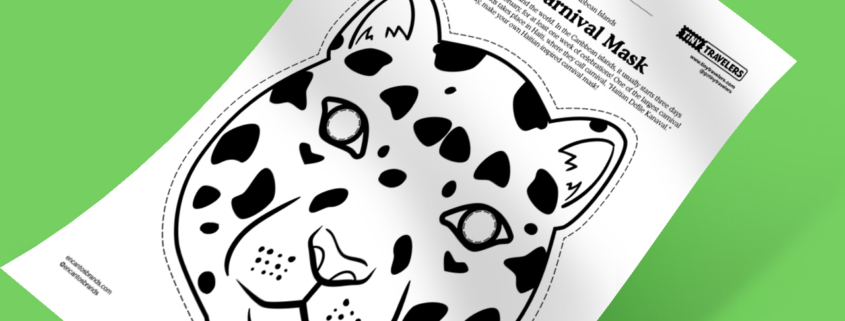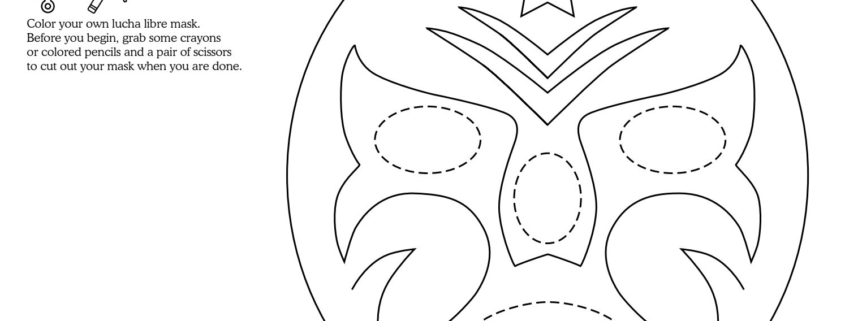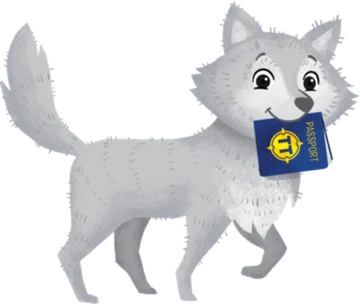In today’s lesson, we will learn about carnival in the Caribbean islands.
Traditionally, the festival is associated with calypso music, with origins that tie to Ash Wednesday and West and Central African freedom and liberation. In Trinidad and Tobago, carnival is an annual event held on the Monday and Tuesday before Ash Wednesday. Costumes (sometimes called “mas”), and calypso music are a big part of the festivities, and recently, soca music has become the most celebrated type of music during carnival. Stick-fighting and limbo competitions are also important components of the festival! In Bermuda, carnival is called “Heroes Weekend” and in Barbados, carnival, also called “Crop Over,” takes its roots from the end of the sugar cane harvest to celebrate the freedom of African Caribbean people.
In St. Vincent and the Grenadines, there is “Vincy Mas,” a carnival initially held in February, but now it is a summer celebration. Vincy Mas includes street festivals, calypso music, steel drum performances, and most famously, Mardi Gras street parties and parades. It’s the same carnival tradition but held at a different time. This carnival is a two-month-long celebration, beginning in June and ending after the first weekend of August.
In Haiti, locals and visitors alike can celebrate “Haitian Defile Kanaval,” one of the larger carnivals in the Caribbean islands. Today, make a Haitian-inspired Kanaval mask!



